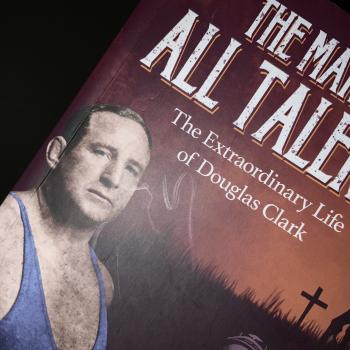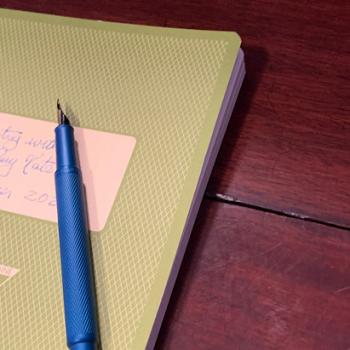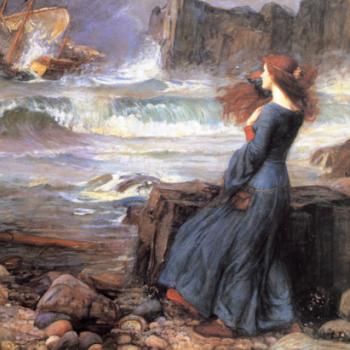 Get thee to the Dickens’ Christmas story you have not read: The Cricket on the Hearth.
Get thee to the Dickens’ Christmas story you have not read: The Cricket on the Hearth.
Nobody loves Christmas Carol more than I do, but if you are feeling Scrooge-ish about Scrooge and his ghosts read The Cricket on the Hearth. Dickens’ public loved the story more than any of his other Christmas tales, including A Christmas Carol. If we might not agree, we should at least consider their opinion.
Read The Cricket on the Hearth as a Christmas play full of types, rather as Scrooge is the “miser” and Tiny Tim is the “angelic child.” The characters serve the narrative and just as in A Christmas Carol the narrative serves the Holiday. A Christmas Carol puts the emphasis on the rebirth possible in Christmastide, while The Cricket on the Hearth chirps merrily about family and the sanctity of home. If Dickens, the Great Inimitable, ended up unable to live up to the message in his personal life, he knew the value of the family circle. Electric lights have killed the term and practice of the “family circle” as we can all scatter to our different rooms, no longer gathered around the fireplace for heat and light. That economic necessity had the benefit of forcing us to talk and do activities together. Sometimes that must have gone poorly, with no way to escape the repulsive relative, but often produced real intimacy. Too often we have replaced the family circle with a family wireless plan.
This is not an improvement.
John and Dot Peerybingle are happy . . . until they are not . . . pulled apart by information provided by Tackleton, a child-hating toymaker. There is a plot twist easy to see coming yet the real tension is whether John Peerybingle, a decent man, will put Dot’s happiness above his own. He is one of the most sound men in all of Dickens: doing his duty in ways the great author could not. John loves Dot more than his own desires. If you want real romance, then look to John Peerybingle.
The story also deals with honesty and the sad tendency of many people to protect the “handicapped” from the truth. If you think romance is “following your heart,” finding your own path, or being true to yourself, then The Cricket on the Hearth thinks you are wrong. You are not entirely wrong, of course, anymore than the Victorians were entirely right. The Victorians saw too much good in duty, convention, and family unity. We see too little. If we make a movie and a man’s passion comes into tension with his family, culture, and values, then we know where things are going. He may decide nicely to follow his bliss, but follow it he must. Read The Cricket on the Hearth to see a different perspective.
Finally, just as in Christmas Carol, this story emphasizes forgiveness. Nobody is beyond the power of love and mercy. Nobody. A greater book, Jane Eyre, had it right: forgiveness is the mightiest sword. The Cricket on the Hearth makes the point sweetly and ’tis the season for sugary treats.*
—————————–
*There is a great party, a model for all our Christmas feasts at Saint Annes on No Hill. In the story, jollification is universal!












